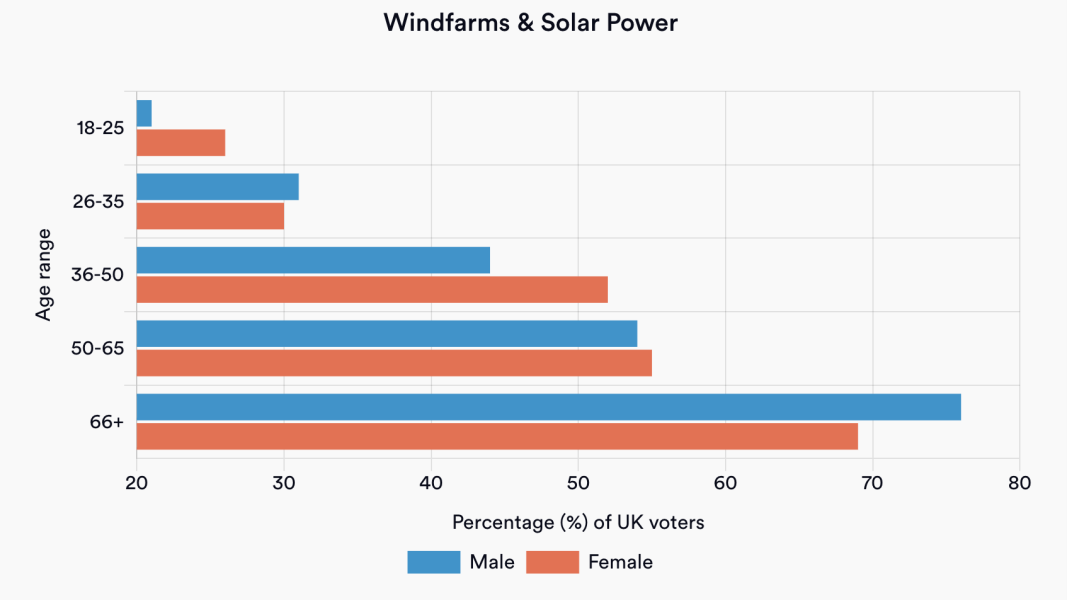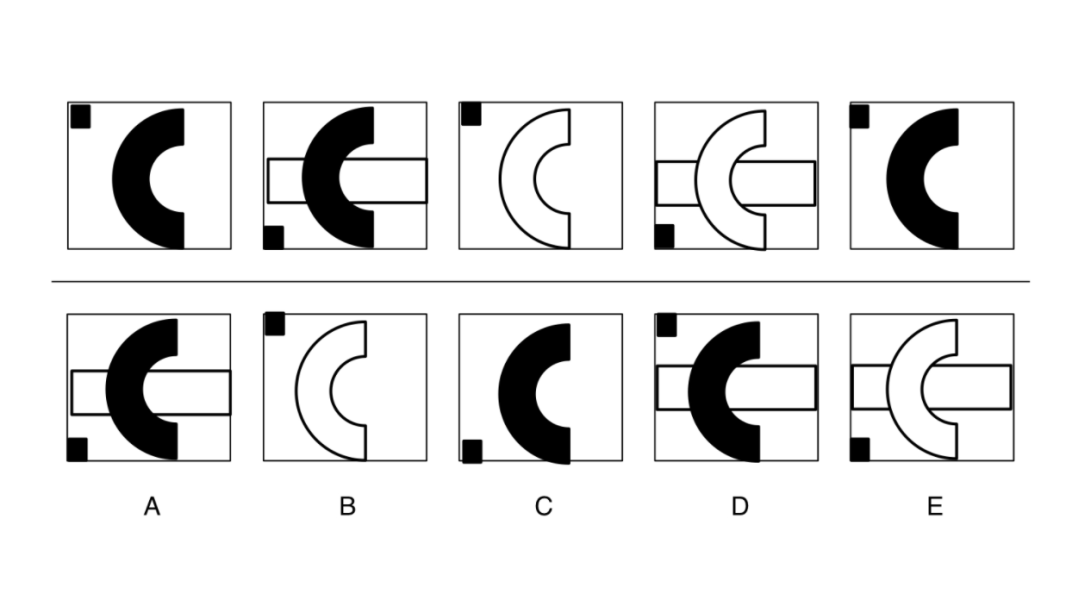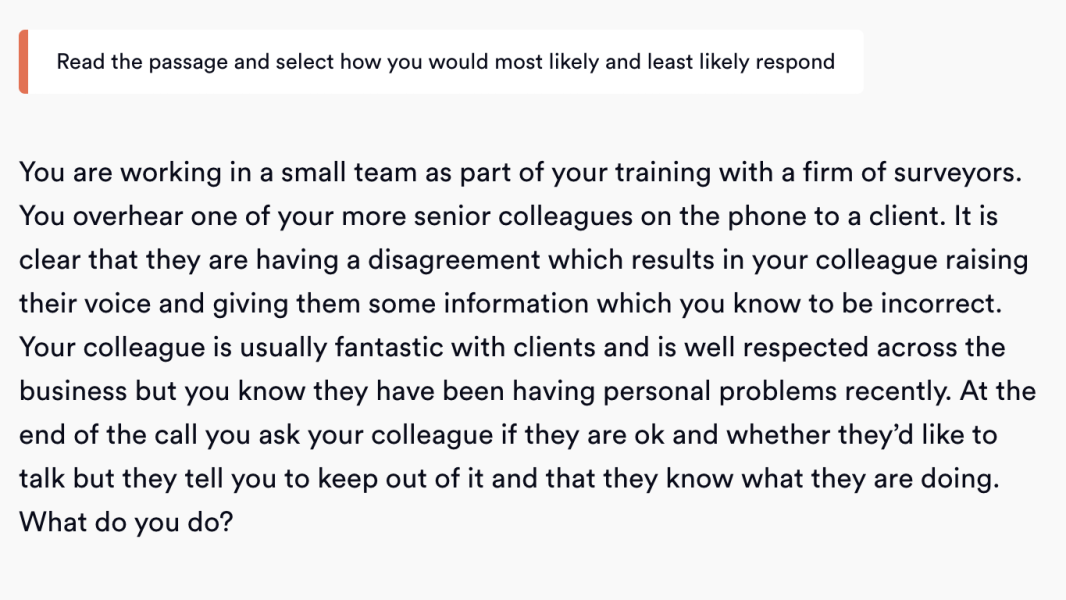What is a Sova test?
Sova tests are essentially psychometric tests, developed and delivered by psychologists using a sophisticated tech platform.
Sova tests are used by a variety of organisations, most commonly during the recruitment process when employing new staff as well as internally when making staff decisions. Some organisations also make Sova tests available to current employees, so that they can make more informed career decisions by understanding themselves better.
A Sova test is used to find out as much information as possible about a person in the least possible time. When used effectively, a Sova test is a fairer and more objective way to measure potential.
The Sova platform offers a variety of tests. If an organisation chooses a bespoke package, Sova may blend tests together to make one role specific test. Other candidates may encounter individual tests including situational judgement, numerical, verbal and logical reasoning, which are often presented as part of an assessment day.
Sova tests are cross-platform tests, designed to be carried out at a time convenient to either recruiter or candidate.
Sova numerical reasoning tests
Numerical reasoning tests measure your ability to interpret, analyse and draw conclusions from data sets. It is not a maths test as such; rather it assesses how you can apply numerical understanding in a realistic context.
You should expect to answer questions on general arithmetic, percentages, fractions, averages and applying statistical information.
Questions are multiple choice and you will be assessed on both your ability to get the correct answer as well as the time taken.
Example numerical reasoning question
Which age bracket showed the largest proportional difference in voting between the two genders?
1) 18–25
2) 26–35
3) 36–50
4) 50–65
The answer is 1, as the largest proportional difference is 18-25: (26%-21%) / 21% = 23.81%
Sova verbal reasoning tests
Verbal reasoning tests present verbal and written information, from which you must draw conclusions. The test assesses how quickly and accurately you interpret and process such information, as well as your understanding of language and how quickly you can extrapolate key information.
You will be invited to read or to listen to a passage, after which you will be invited to conclude one of three things – whether the statement is true, false, or you cannot say.
You will be assessed on both how accurate you are as well as how quickly you can reach an accurate conclusion.
Example verbal reasoning question
Statement: The passage suggests that it is safer to spread your savings across a range of different investments.
1) True
2) False
3) Cannot say
The answer is true – the third sentence explains that the very rich have been diversifying their portfolios to reduce the risk of sudden changes in share prices.
Sova logical reasoning tests
Logical reasoning tests assess your ability to interpret information, solve problems and draw conclusions.
Typically in a logical reasoning test there will be a statement, picture, graph or sequence, and you must select the correct answer from a choice of four statements or answers, three of which will be wrong.
You may be asked to answer questions which involve deductive, inductive, diagrammatic, abstract or critical reasoning. You do not need any prior knowledge; instead you must apply your general intelligence.
As with the other types of reasoning tests, you are being assessed on your ability to both select the correct answer and how quickly you are able to accurately reach them.
Example logical reasoning question
Which of the boxes comes next in the sequence?
The answer is A. The half-circle is shaded for two frames, then unshaded for two frames with each turn. The rectangle appears with every alternate turn. The square moves from top-left corner to bottom-left corner with every turn.
Sova situational judgement tests
The Sova situational judgement test (SJT) presents a series of hypothetical scenarios, which may be workplace-related. They may be brought to life using video, animation or imagery, or they may use only words.
You are invited to consider the scenario and then from a list of three to four options select what you consider to be most effective and least effective.
You should remember to only use the information presented in the scenario and to not assume or recall any prior knowledge.
When asked to select either the ‘most’ or ‘least’ effective, you must take this literally. It may be none of the responses are the ‘best’ or what you would do – you are assessing based only on the scenario and the other responses.
Example situational judgement question
Read the passage below and select how you would most likely and least likely respond.
1) Call the client back as soon as you get chance to try and smooth over the situation on behalf of your colleague.
2) Talk to your manager as soon as you can and explain what you observed so that the situation can be rectified as soon as possible.
3) Accept that your colleague is more senior than you and that they must know what they are doing.
4) Give your colleague some time to calm down and then ask them if they’d like to join you for a coffee. Give them a chance to discuss the call and if that doesn’t generate an appropriate response, talk to your manager.
The best answer for most likely is 4. The customer’s satisfaction is of upmost importance and the ideal situation would be for your colleague to smooth things over themselves. This approach gives them the opportunity to talk things through with you and then to speak to the client themselves. If that fails, you know you can always talk to your manager.
The best answer for least likely is 3. By accepting the behaviour of your colleague you are condoning the way they spoke to the client and this brings the risk of losing that client. It can be hard to give feedback to a more senior colleague but the relationship with the client is vital.
Sova personality questionnaire
The Sova personality questionnaire format will be familiar to anyone who has taken a similar test, such as Myers-Briggs. You are invited to read a set of statements grouped into four, and then select which of them is ‘most like me’ and which is ‘least like me’.
There is no right or wrong answer as such, although each conclusion will allow the organisation to conclude whether or not your behavioural preferences align with its values. This will include information such as your motivation, flexibility, decision-making, resilience and how open to new ideas you are.












